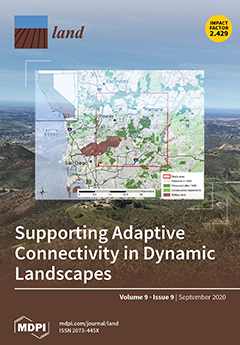Resource information
A framework was developed to elucidate (1) the drivers of land degradation, (2) pressures, (3) local impacts and vulnerabilities and (4) adaptation strategies. The combination of participatory approaches, statistical data analysis, time series Landsat imagery and spatial data mining was tested in southeast Vietnam where the impacts of land degradation on the environment and economy are considerable. The major drivers of land degradation are climate, notably drought, and population density. The pressures include natural resource management and land use/cover change. A Landsat archive analysis showed an increase in agricultural land use from 31% to 50%, mostly at the expense of forests, from 1990 to 2019. Farmers adapted by investing in the irrigation of rice and dragon fruit, and by selecting their rainfed crops in line with the changing environment. The most vulnerable were the rural poor and farmers without access to land and water resources. The best protection against land degradation was prosperity, which is enhanced by the region’s location along Vietnam’s major national route, connecting major cities along a north–south axis. Our analysis shows that southeast Vietnam emerged as a region with an important human ecological resilience strengthened by increased prosperity. The current adaptation options and limitations warrant further research.


